- Home
- slideshows
- miscellaneous
- Here's how to tell the US military's most elite special operators apart
Here's how to tell the US military's most elite special operators apart
1. Army Rangers.

Soldiers don't actually become 75th Ranger Regiment special operators until they finish the eight-week Ranger Assessment and Selection Program.
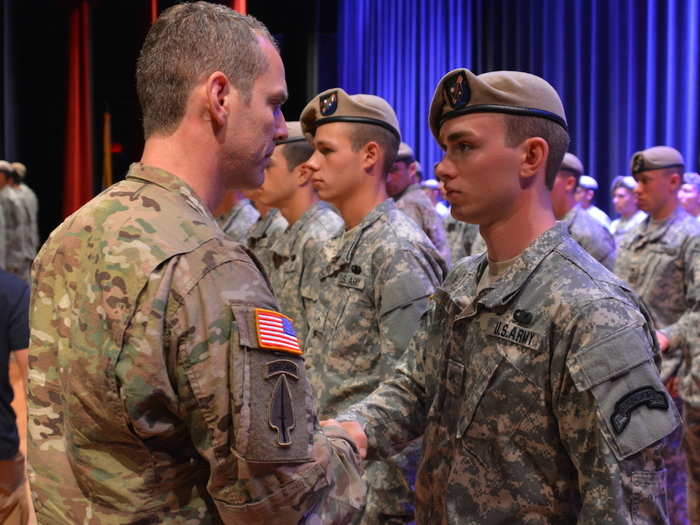
2. Marine Corps Forces Special Operations Command (MARSOC).
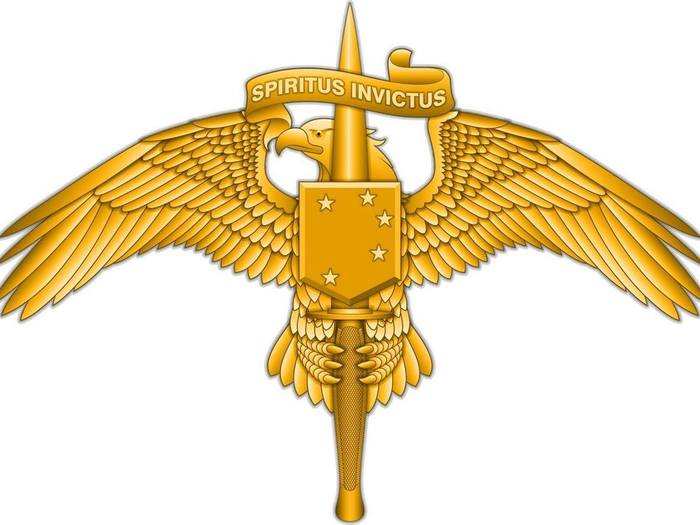
Founded in February 2006, MARSOC operators are rather new.
Consisting of three battalions, MARSOC operators conduct "foreign internal defense, special reconnaissance, and direct action," according to MARSOC.
Foreign internal defense means training and equipping foreign allied military forces against internal threats, such as terrorism.
MARSOC operators wear the same fatigues as Marine infantrymen, and therefore, the only way to tell them apart is the MARSOC emblem seen above, which is worn on their chest.
Unveiled in 2016, the emblem is an eagle clutching a knife.
You can read more about the emblem here.
3. Air Force Pararescue specialists (PJs).
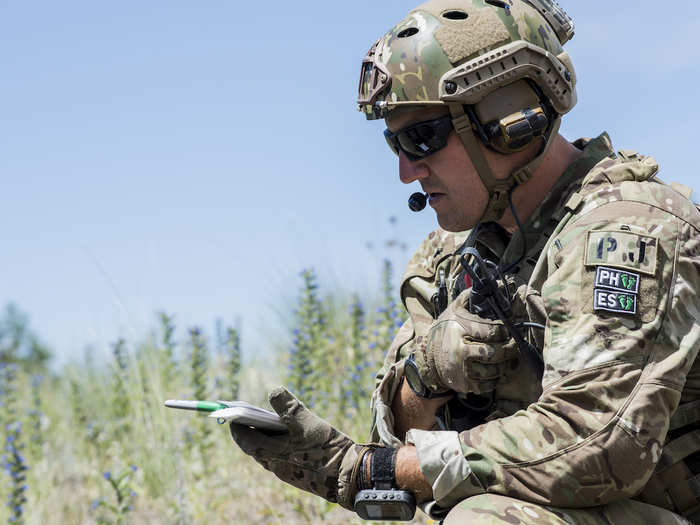
PJs "rescue and recover downed aircrews from hostile or otherwise unreachable areas," according to the Air Force.
Consisting of about 500 airmen, these "highly trained experts perform rescues in every type of terrain and partake in every part of the mission, from search and rescue, to combat support to providing emergency medical treatment, in order to ensure that every mission is a successful one."
And there's three ways to distinguish PJs from other airmen.
The first, is the PJ patch seen on the shoulder of the operator above.
In garrison, they also wear these field badges on their uniforms, Erica Vega, a spokeswoman for Air Combat Command Public Affairs, told Business Insider.
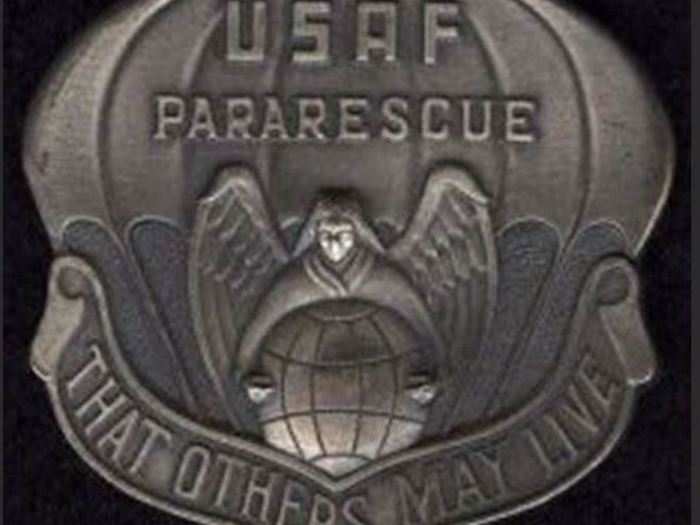
PJs wear these maroon berets with the career badge in garrison too, Vega said.
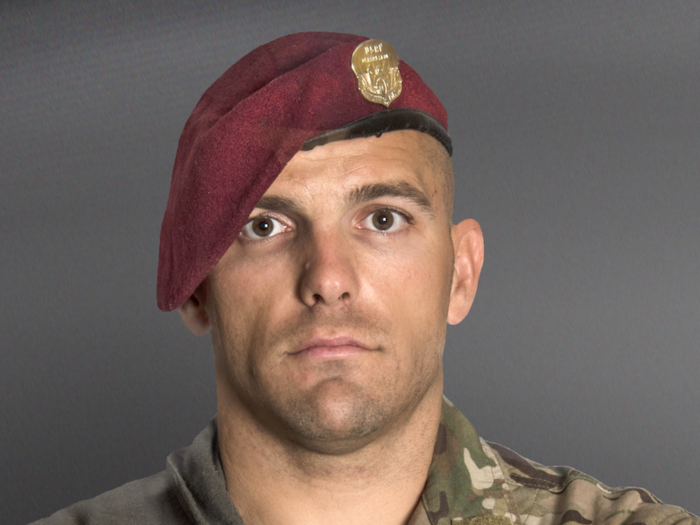
4. Army Special Forces.
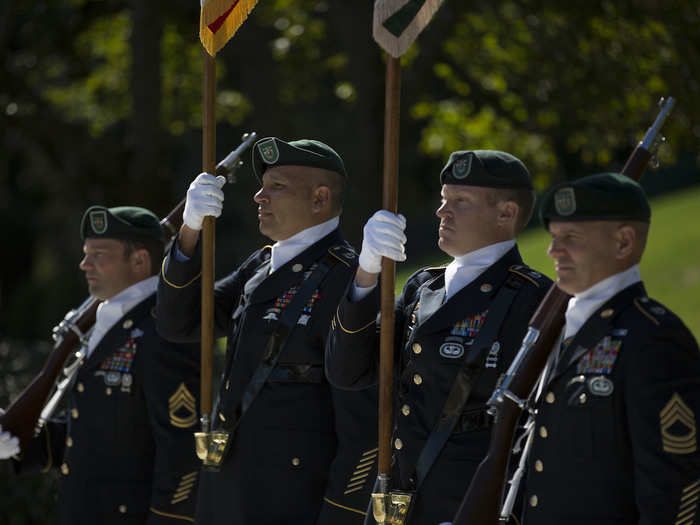
To be clear, the US Army's Special Forces are the only special forces. Rangers, PJs, MARSOC — these are special operators, not special forces.
The US Army's Special Forces are known to the public as Green Berets — but they call themselves the quiet professionals.
Green Berets, which work in 12-man teams, can perform a variety of missions, including uncoventional warfare, special reconnaissance, direct action, foreign internal defense, and more.
Like many operator units, they wear the same Army fatigues as regular soldiers (you can read more about the current and past Army uniforms here), but there are three ways in which you can distinguish them.
One, is the green beret seen above, which they only wear at military installations in the US, and never while deployed abroad.
The two patches below are the other ways to distinguish them.
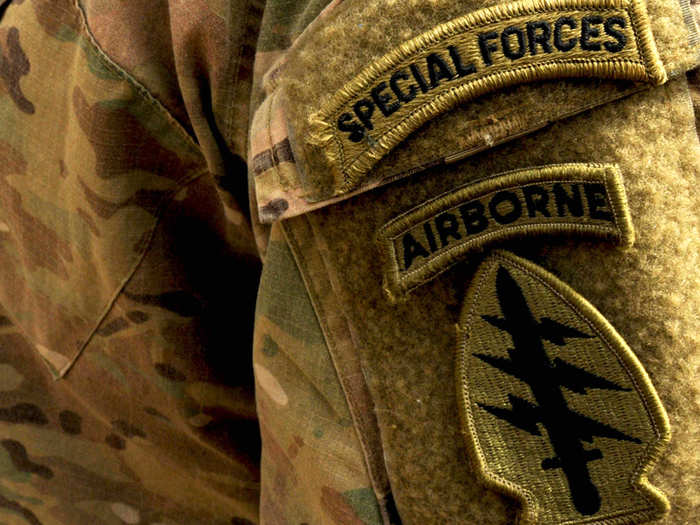
The patch that reads "Special Forces," known as the "Long Tab" is given to operators after finishing the 61-week long Special Forces Qualification Course.
Green Berets also wear patches of a dagger going through lightning bolts, but the colors vary depending on the unit.
Read more about Army Special Forces here.
5. Navy SEALs.
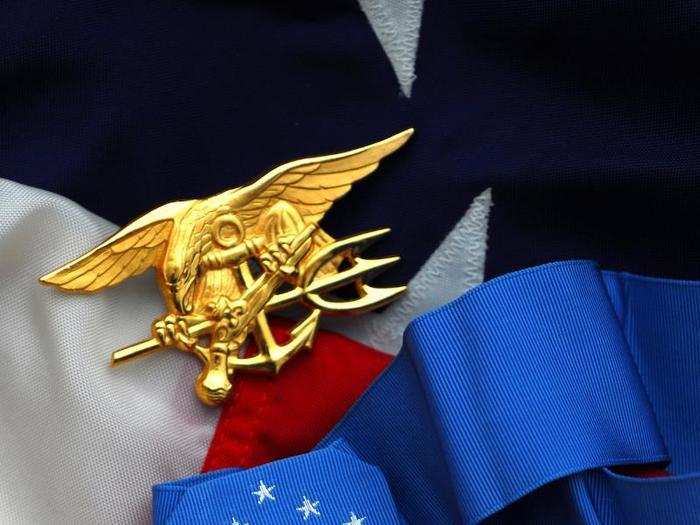
The Navy’s Sea, Air and Land Forces, or SEALs, were established by President John F. Kennedy in 1962.
Working in small, tighly knit units, SEAL missions vary from direct action warfare, special reconnaissance, counterterrorism, and foreign internal defense, according to the Navy.
SEALs also go through more than 12 months of initial training at Basic Underwater Demolition/SEAL school and SEAL Qualification Training, as well as roughly 18 months of pre-deployment training.
And there are two ways to tell SEALs apart from other sailors.
The first is the SEAL trident seen above, which is an eagle clutching an anchor, trident, and pistol. The insignia is worn on the breast of their uniform.
The other is their uniforms.
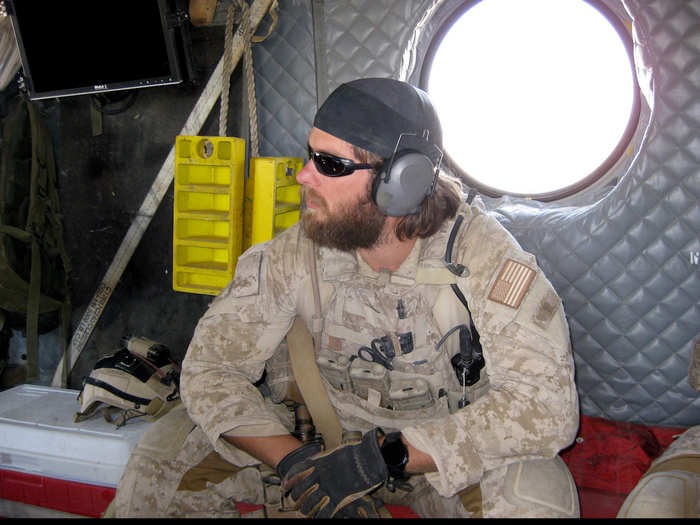
Only SEALs and Special Warfare Combatant Craft Crewman wear the Type II Navy Working Uniform.
A Type II uniform is a "desert digital camouflage uniform of four colors ... worn by Special Warfare Operators, sailors who support them, and select NECC units," according to the Navy.
6. Delta Force.
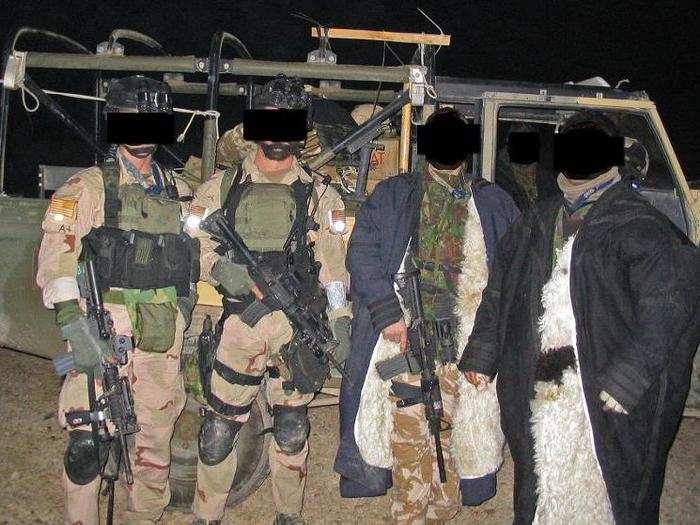
The Army's 1st Special Forces Operational Detachment-Delta, or Delta Force, is perhaps the US military's most secretive unit.
A United States Special Operations Command public affairs officer told Business Insider that they do not discuss Delta Force operators, despite providing information about other special operator units.
"We are very strict with our quiet professionalism," a former Delta operator previously told We Are The Mighty. "If someone talks, you will probably be blacklisted."
Formed in 1977, Delta operators perform a variety of missions including, counterterrorism (specifically to kill or capture high-value targets), direct action, hostage rescues, covert missions with the CIA, and more.
In general, Delta and SEAL Team 6 operators are the most highly trained operators in the US military.
Both units have the most sophisticated equipment and are highly trained in Close Quarters Combat (CQB), hostage rescue, high-value-target extraction, and other specialized operations. The difference is the extensive training SEALs receive in specialized maritime operations, given their naval heritage.
"Each unit has strengths and weaknesses, neither is better or worse," the former Delta operator said.
Popular Right Now
Popular Keywords
Advertisement